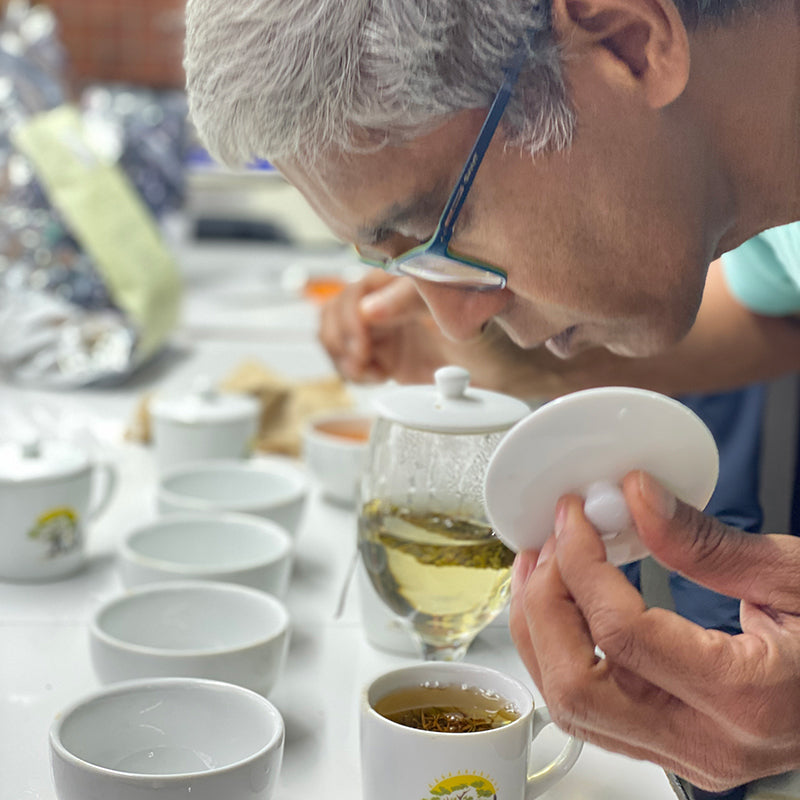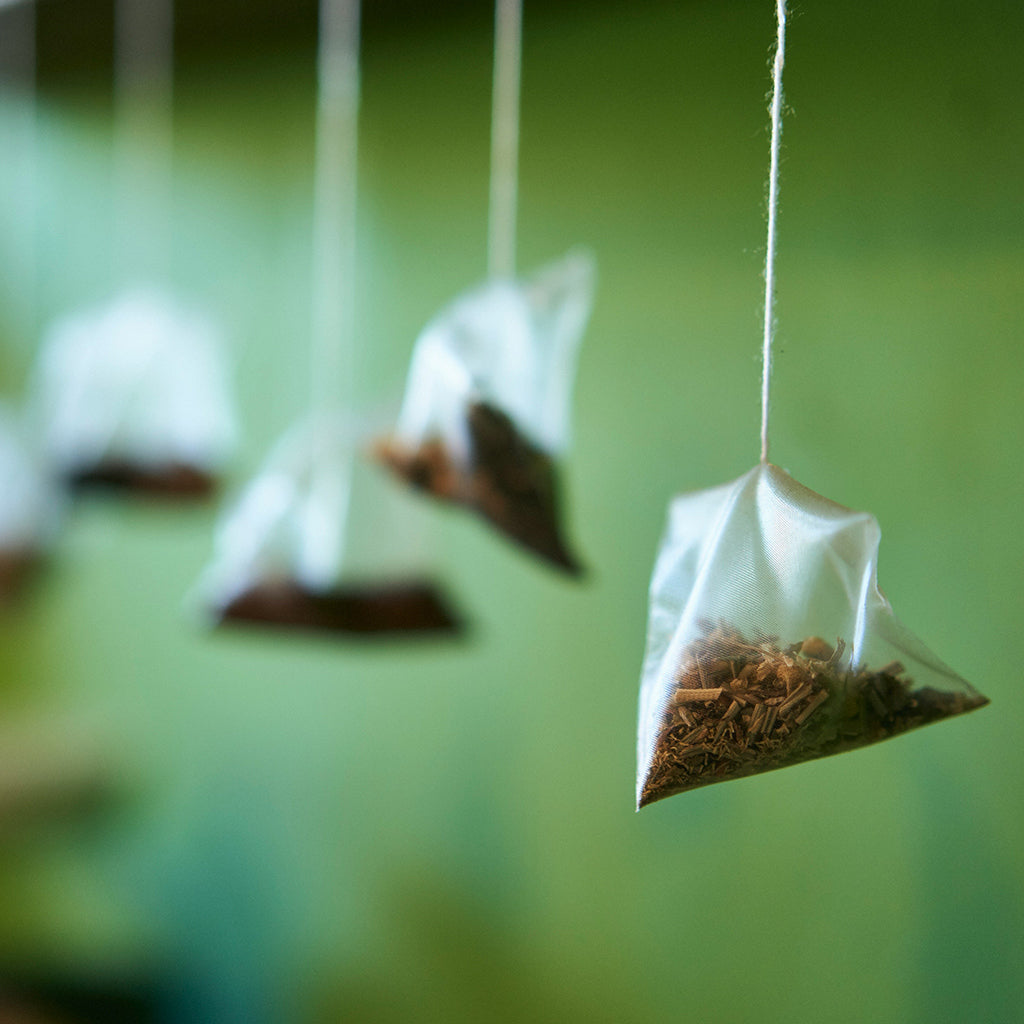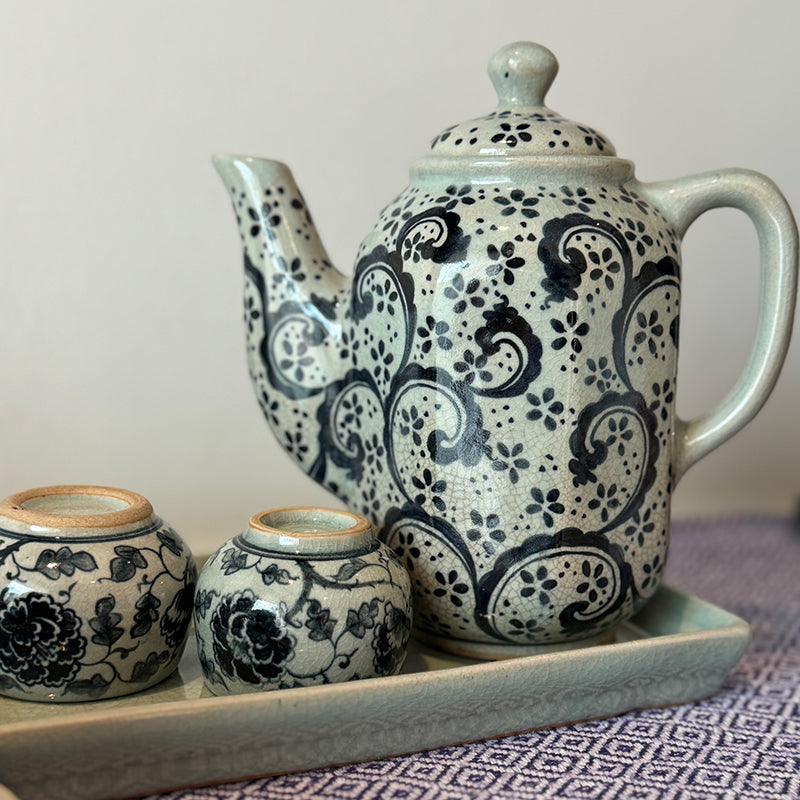Sigiriya is home to Lion Rock, Sri Lanka’s most iconic landmark. An archaeological site full of history from ancient Kings to Buddhist monks and a few cheeky Torque Macaque apes who have lived here for generations. The Sigiriya fortress is a must see on many visitors bucket lists, and for good reason!
Wake early to beat the heat and crowds to climb the impressive system of stairs to the summit of the UNESCO world heritage site, Sigiriya Rock. The ruins of the royal water garden surrounding Sigiriya Rock Fortress are well maintained. Visiting the royal garden is definitely worthwhile.
A quick history of Sigiriya, Sri Lanka
The overgrown jungle held the secrets of Sigiriya Rock until it was discovered by Europeans in 1831. For many years this impressive natural structure was once the epicentre of ancient Kasyapa civilisation. The remnants of King Kasyapa’s palace and the lush green royal gardens below have a 1000 yearhistory.
The ancient citadel in Sigiriya was built by the orders of the King. Following the completion of the fortress it is believed he then buried his father alive in one of the walls. He was now free to command the throne un challenged.
There are plenty of stories about the rock including the secret passage between Sigiriya Rock and Pidurangala Rock where the King would take his ladies. The fortress was used as a Buddhist Monastery after King Kasyapa died a violent death in 495 AD.
There is sufficient archeological evidence to prove the history of the rock dates back to prehistoric times. Pre historic man used Aligala, a smaller outcrop to the east of Sigiriya nearly 5500 years ago.
After the reign of King Kasyapa the, early Buddhists in Sri Lanka used the rock to shelter in its rocky outcrops and small caves.
Archeological digs found Roman & Indo Roman coins along with earthenware belonging to the Sasanian dynasty. (222-651AD)
The location of Sigiriya Rock
Located in the approximate centre of the country. Sigiriya is a located in the ‘cultural triangle’, about 4hrs north east of Sri Lanka’s capital, Colombo. The well known Dambulla cave temple is only 17 kms away.
How high is Sigiriya in Sri Lanka?
Sigiriya rock dominates the surrounding flat landscape. Consequently it looks higher than it actually is. Lion Rock, Sri Lanka is a gigantic column of rock rising 200m (660ft) from the forested plains below. There is only one way to the top and that’s with a climb. Don’t rush, take your time and enjoy the walk.
We did a count and there are 1200 stairs to climb to reach the plateau of the rock. Impressive 360 degree views greet you at the top. The remnants of the impressive piece of architecture still present on the rock today. There are plenty of rest areas along the way and shady spots where you can catch your breath.
Sigiriya fresco cave and the royal gardens
Colourful frescoes adorn the walls while two giant lion paws guard the main gateway.
The frescoe cave houses some of the most well preserved and impressive ancient paintings in Sri Lanka. It is here you will also find the famous mirror wall, a highly polished area on the side of the rock face.
The Sigiriya paintings date back to the 5th century AD. According to graffiti verses there were as many as 500 painted damsels gracing the rock walls. Only 9 paintings survive today. The Sigiriya wall paintings are fragile and well protected. Photography is not allowed in the frescoes cave in order to protect the artwork.
Ancient landscaped gardens lead up to the rock. Royal water gardens feature at the base of the rock, designed in a well thought out symmetrical layout. Amongst the water gardens you will find small ponds, fountains and serpentine shaped streams.
The boulder garden area houses with many unique features. A great example is the historic audience hall. The rock has been carved with an impressive 5 metre long throne and other seating. The terraced gardens made from local stone blend seamlessly into the natural rocky outcrops.
Visiting the ancient rock fortress
The ticket office is located near the car park. Entry tickets to visit lion rock can be purchased from 7.15am daily. You are able to pay in either local currency or USD. There is a small information centre and bathroom facilities in this building.
Sigiriya opening times
Sigiriya opening days are in line with other UNESCO sites on the Island. Lion rock is accessible 7 days a week.
Visitors are welcome between 7am and 7pm. There are strict rules around these times as it is both an archeological reserve and an environmental sanctuary.
Sigiriya Lion Rock ticket price
The entrance fee to Sigiriya is $30USD
Tips for visiting Sigiriya Rock and Royal Gardens
The rules are strict in the frescoes cave. If you take photos security will take your DSLR camera with no return.
We always suggest carrying some water with you & a small snack or piece of fruit. Please take all rubbish with you & don’t feed the apes! Wearing sunscreen is a good idea & a hat will keep that glare off your face.
There are no stalls or bathrooms along the way. You may encounter sellers of postcards and souveniers on your way.
For those of you who are travelling with children, they will love the ruins at the top. They do need to be careful as there are obvious dangers. For your safety, rails have been fitted along the walking track.
Are you wondering about your fitness? My advice is to just take your time. Take rests as frequently as you need along the way. There is such a variety of fitness levels that make it to the top.
If you have a bee allergy, its worth noting that there is a bees nest near the base of the rock. Warning signs have been installed close to the nest.




